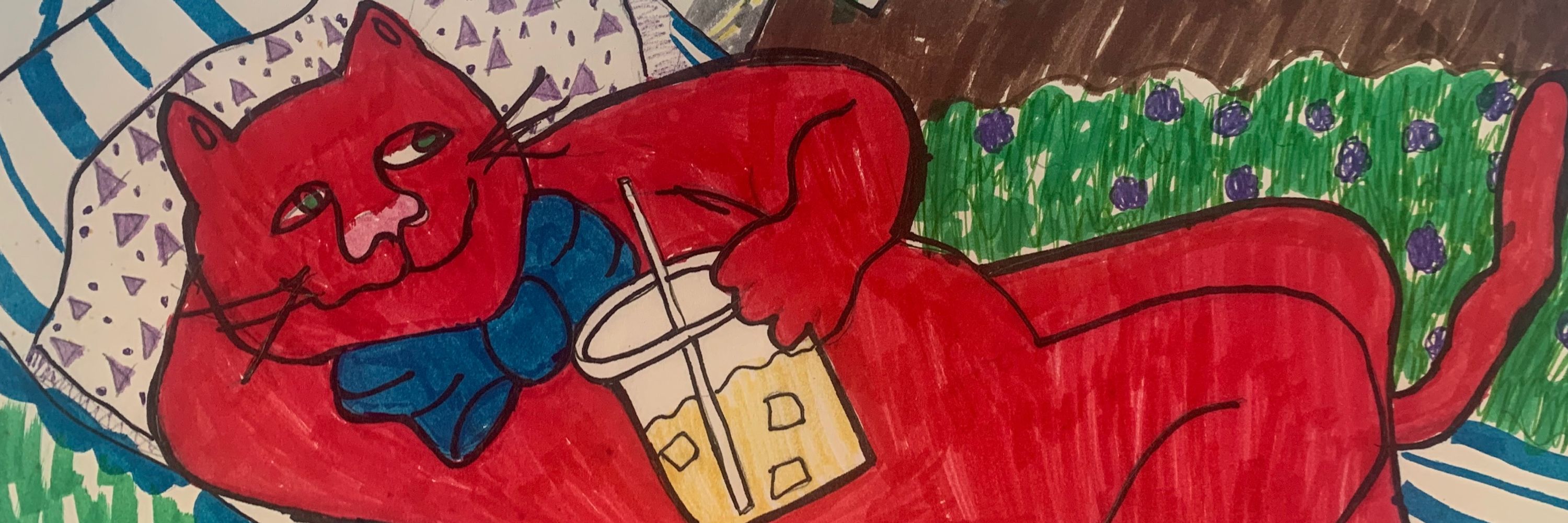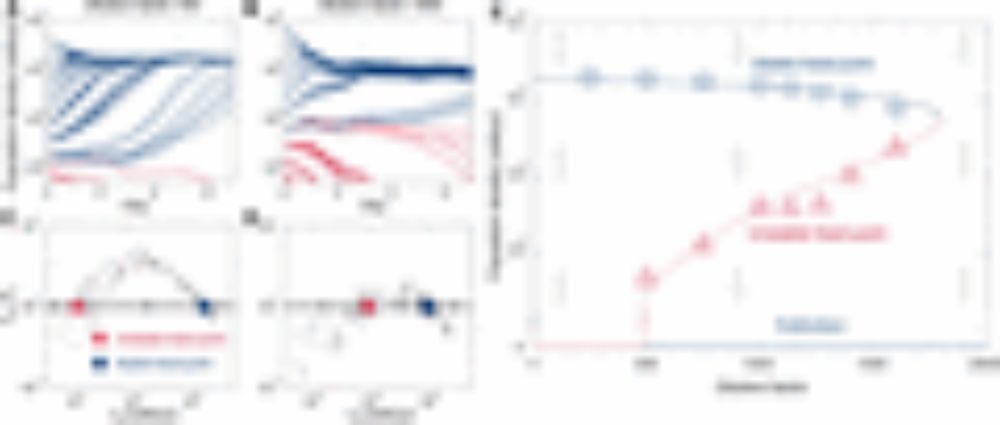
A new pre-print by @lshtm.bsky.social colleagues surveyed 13,000 participants, and found it's about 9 per day in the current era.
It also looks at how social mixing varies with age, ethnicity and social economic status. Link to paper:

A new pre-print by @lshtm.bsky.social colleagues surveyed 13,000 participants, and found it's about 9 per day in the current era.
It also looks at how social mixing varies with age, ethnicity and social economic status. Link to paper:
I think AI will be truly transformational regardless of what's under the hood. Specifically the magnitude of societal adoption will be transformational, even if the model isn't.
I think AI will be truly transformational regardless of what's under the hood. Specifically the magnitude of societal adoption will be transformational, even if the model isn't.
Clearly, AI does some things very well and some things very poorly. People differ in whether they see the successes as the edge cases or the failures as edge cases.
Clearly, AI does some things very well and some things very poorly. People differ in whether they see the successes as the edge cases or the failures as edge cases.

Check out our preprint: www.biorxiv.org/content/10.1...
Caveat, the results in the paper are underpowered because a lack of funding to sequence more. The figures are fine though

Check out our preprint: www.biorxiv.org/content/10.1...
Caveat, the results in the paper are underpowered because a lack of funding to sequence more. The figures are fine though

